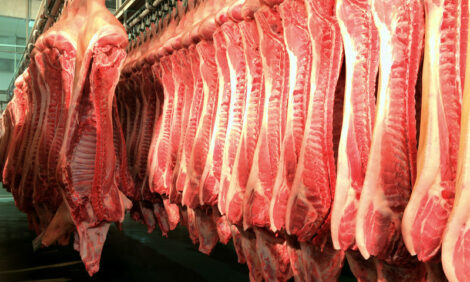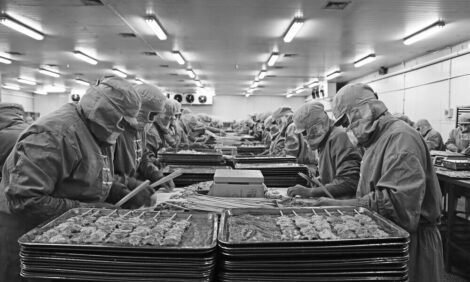



Grain, Corn Prices Reach High - But Not in Crisis Yet
US - The future of corn prices and the impact on fed livestock continues to be an unfolding, tumultuous situation, but some degree of clarity should be coming to the story in the next few weeks, according to a Texas AgriLife Extension Service economist.“This is not just a supply situation, but demand as well,“ said Dr Mark Welch, AgriLife Extension grains marketing economist, College Station. “We are going to see some demand response to these high prices and need to carefully watch for that. What we need to see are these crop-condition reports every Monday leveling off and get an assessment of what is going to really happen.“
Until then, Dr Welch said corn prices will continue to hover at record levels, which puts pressure on feedlot operators to be profitable.
“Can they cheapen up the prices they are paying for cattle to pay $8.50 to $9 a bushel for corn?“ Dr Welch said. “I think we will see the answer to this as well as some of the other factors weighing in on the markets in the coming weeks. I think we may see a strong push back on the use of corn, which is a natural response in this type of market environment.“
Another area to watch, according to Dr David Anderson, AgriLife Extension livestock marketing economist, College Station, are feedlot placement numbers in Nebraska versus Texas. Due to the Midwest drought, Nebraska could soon eclipse Texas in the numbers of cattle on feed.
“The drought across the plains and corn belt is leaving cattle with no place to go, in contrast to last year’s drought in the southern plains,“ Dr Anderson said. “Last year, cattle could go from Texas and Oklahoma to states that had grass. Now the drought has hit those states. Combined with skyrocketing corn prices, calf and feeder prices have declined dramatically, with southern plains 500- to 600-pound calf prices down about 22 percent in the last few weeks.
“The drought may leave calves with no place to go, but feedlots, at lower prices. We may see more drought forced feedlot placements in Northern feedlots, closer to the drought-affected areas this year.“
In the June US Department of Agriculture cattle on feed report, Nebraska had 385,000 placements and Texas had 420,000 head.
Dr Welch said if corn yields level off at 130 bushels per acre, he doesn’t expect carryover stocks to be any less than they are currently projected for the crop year just ending.
“We are not in crisis mode yet,“ he said. “That’s the role of high prices, to provide incentives for producers to produce more and users to use less.“
Welch predicts there will be a “huge acreage response next year“ in planted corn acres due to the current relation to supply and demand.
“I think we will see a few more wheat acres and more corn and soybeans, especially across the South. Where cotton prices are right now, that 60-cent cotton competing against soybeans in the teens, it doesn’t take a lot of pencil pushing to see where that’s going.“
Unlike 2008, he said, crude oil prices are not surging to record highs and big investment funds haven’t added strongly to bullish bets, creating intense volatility in the grain markets.
“We’ve got $90 a barrel oil and the other commodities, such as the metals, are in a downward trend,“ Dr Welch said. “We are not seeing big funds throwing money at the grain market like we did in 2008.“






